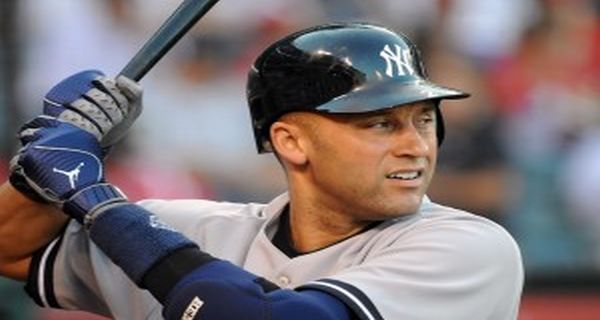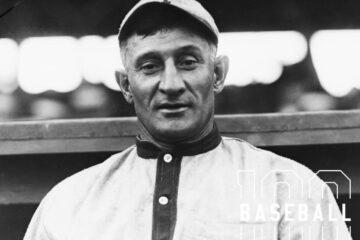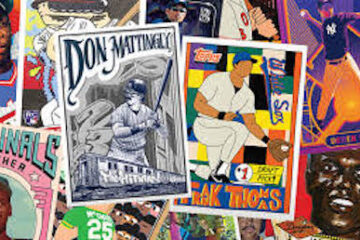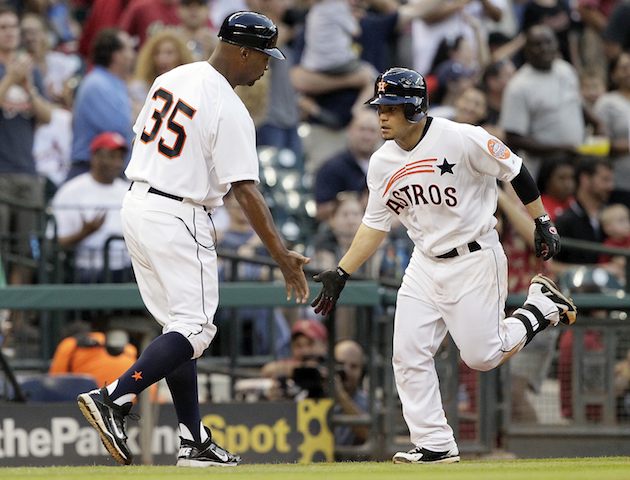The Platoon Advantage: Shortstops

As we continue through our platoon advantage series, it pays to keep in mind a few simple rules of thumb when using this information to build roster. First and foremost, it is information. I am often surprised myself when I look up the information on all of these players. Bill James once compared advanced metrics to art. If you think of a player as a portrait you will be ahead of the game. The simple and crude metrics of the past are a lot like stick figures. Sure, it’s art in the general sense, but no one is paying the price of admission to see it.
The more numbers we add the more color, dimension, and detail we begin to see. Yet, every player exists within the larger framework of your team. Sure, you could put two platoon partners together and feel really good about yourself, but if it doesn’t make sense in the larger scale, then it’s just a gimmick. Like I said in the very first article, you want balanced players in general and when we look at the shortstop position you will notice that consensus top five are all in the balanced category (even if they aren’t necessarily in order).
Like with the other positions, it is a good idea to take note where players land. We are looking at career total averages here. For those just joining us, total average is a Baseball Prospectus statistic that encompasses everything a player does offensively and converts it into a number that resembles batting average. Total averages are park neutral, so players in extreme environments won’t necessarily be accurate for fantasy purposes, but it always is a good benchmark to begin with.
|
Bats |
TAVR |
TAVL |
DIFF |
|
| Hanley Ramirez |
R |
.271 |
.294 |
.023 |
| Troy Tulowitzki |
R |
.290 |
.297 |
.007 |
| Jose Reyes |
B |
.293 |
.280 |
.013 |
| Asdrubal Cabrera |
B |
.269 |
.279 |
.010 |
| Jed Lowrie |
B |
.273 |
.277 |
.004 |
| Rafael Furcal |
B |
.252 |
.261 |
.009 |
| Starlin Castro |
R |
.261 |
.277 |
.016 |
| Erick Aybar |
B |
.269 |
.280 |
.011 |
| Jhonny Peralta |
R |
.261 |
.255 |
.006 |
| Ian Desmond |
R |
.267 |
.275 |
.008 |
These didn’t necessarily wind up in the right order, so there is nothing magical to Hanley Ramirez being on top. However, it should be noted that Jed Lowrie has better numbers than Starlin Castro and similar numbers to Asdrubal Cabrera. If he ever gets regular playing time, he could end up being a more valuable fantasy player than both. Of course, the health factor is a huge if. Overall, this is a strong list of players that are both balanced and over the league average in total average. Shortstop is a sneaky position in terms of depth.
I would be remiss to leave this discussion without talking about Castro in more detail. Two years ago I took a lot of flack when I said that Carlos Pena (then a Cub) was a better offensive player than Castro. “Castro is a .300 hitter and Pena hits in the .220s.” Yes, that is true, but Castro’s value begins and ends with that batting average. He doesn’t hit for a lot of power, he doesn’t get on base proficiently, and he doesn’t steal a lot of bases. Getting 200 hits a year is nice, but that doesn’t help you a ton unless a fair amount of those are extra base hits, or if they are accompanied by at least a healthy number of walks.
|
Bats |
TAVR |
TAVL |
DIFF |
|
| Jimmy Rollins |
B |
.283 |
.239 |
.044 |
| Cliff Pennington |
B |
.263 |
.207 |
.056 |
| Everth Cabrera |
B |
.262 |
.204 |
.058 |
| Brandon Crawford |
L |
.249 |
.216 |
.033 |
There are some possibilities from the left hand side for a platoon. Jimmy Rollins and Everth Cabrera are prime examples of guys that would be great for platoons. Both give your team stolen bases, but they are the type of shortstops that won’t be picked very high. Even if they go in the middle rounds, you can justify picking them because they will still play about 80 percent of the time for your club. You get 20 to 25 steals from Rollins or around 30 steals from Cabrera and that is enough to satiate the need for that category.
Cliff Pennington and Brandon Crawford are really not much of a factor unless you are playing in a NL only league. If that is the case, either one would be a nice safe option towards the end of your draft. Neither is a top ten shortstop in that league, so you can concentrate at other positions. In mixed leagues I would simply let them slide on by. Neither is good enough even against righties to do much damage.
|
Bats |
TAVR |
TAVL |
DIFF |
|
| Derek Jeter |
R |
.252 |
.321 |
.069 |
| Ruben Tejada |
R |
.248 |
.284 |
.036 |
| Clint Barmes |
R |
.220 |
.259 |
.039 |
| Brendan Ryan |
R |
.223 |
.251 |
.028 |
Imagine being Joe Giradi. I would just love to be a fly on the wall for this conversation:
Joe: “Listen Derek, we need to have a talk. You are shaky against right-handed pitching and you suck monkey balls defensively. So, we are going to play Eduardo Nunez against righties because whatever offensive advantage you have over him is negated by your statue like defense.”
Derek: “The hell you are.”
Joe: “It’s for the good of the team Derek.”
Derek: “The hell you are.”
Joe: “Okay, thought I’d give it a try.”
Thus is the folly when a player gains too much power and stature. You cannot justify taking someone in the first 10 to 15 rounds only to watch him sit 75 percent of the time. If you draft Jeter, your best bet is to look at the matchups and sit him against righties he particularly struggles against. At that point, you might minimize enough of the damage to make him a very useful player.
Meanwhile, the rest of the chart thoroughly demonstrates why shortstop is another position where you really don’t want to use the platoon advantage. Ruben Tejada is an excellent candidate to compliment a good left-handed hitter, but he is the only one. Clint Barmes might make a nice platoon partner with Cliff Pennington or Brandon Crawford in NL only leagues. Brendan Ryan might be a similar complement in AL only leagues, but in mixed leagues none of those players makes any sense.




